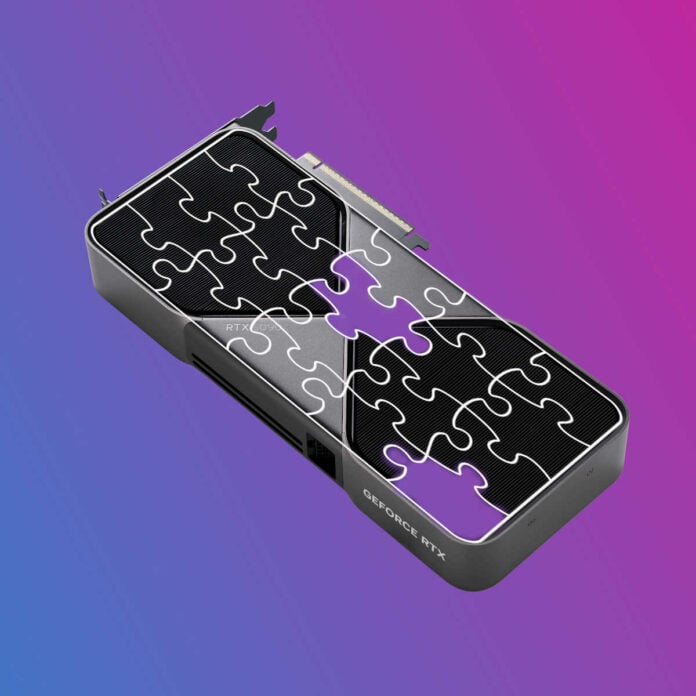Nvidia has another problem on its GeForce RTX 50 Series plate, this time concerning missing parts of Blackwell GPUs. Following multiple reports of lower ROP counts on some models, the brand launched an investigation and subsequent confirmation of the problem.
In a statement to The Verge, the company said: “We have identified a rare issue affecting less than 0.5% (half a percent) of GeForce RTX 5090 / 5090D, RTX 5080, and 5070 Ti GPUs which have one fewer ROP than specified. The average graphical performance impact is 4%, with no impact on AI and Compute workloads. Affected consumers can contact the board manufacturer for a replacement. The production anomaly has been corrected.”
ROPs are hardware components of modern GPUs that handle later steps in the graphics rendering pipeline, such as antialiasing, transparency, and colour blending. Once prior rendering steps are complete, ROPs write the final frame data into VRAM. However, most importantly, in this case, the number of ROPs directly affects performance. According to ComputerBase, the severity of this effect can range between 3-11%.
If you’re lucky enough to have a GeForce RTX 50 Series graphics card, you can check if yours is missing ROPs by via GPU-Z. Here’s a list of how many ROPs each model should have. Any less, and you’re short:
- GeForce RTX 5090: 176
- GeForce RTX 5080: 112
- GeForce RTX 5070 Ti: 96
While I’m glad to learn that GeForce RTX 5070 shouldn’t suffer from the same issue, the last thing Blackwell needs is more bad press. Amid ongoing stock shortages, apparent power distribution problems, unflattering discontinuation of 32-bit PhysX support, and reports of blank screens, it’s been a bumpy ride thus far.
Given Intel hasn’t provided a problem-free graphics card launch either with Arc B580 and B570, AMD’s the last company standing able to stick the landing with Radeon RX 9000 Series. Here’s hoping change is en route.


